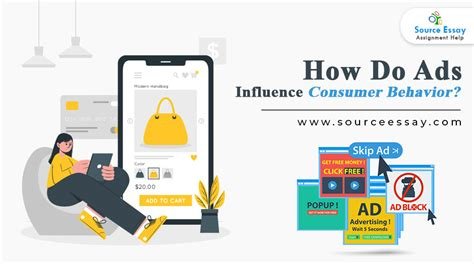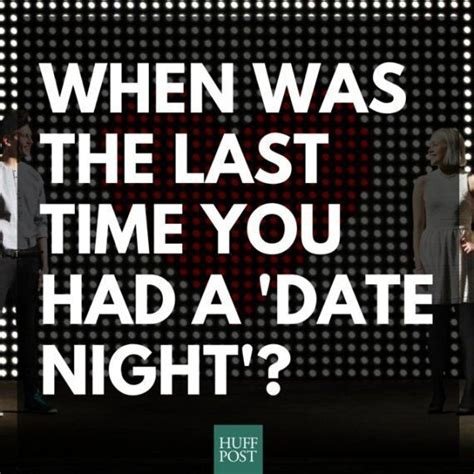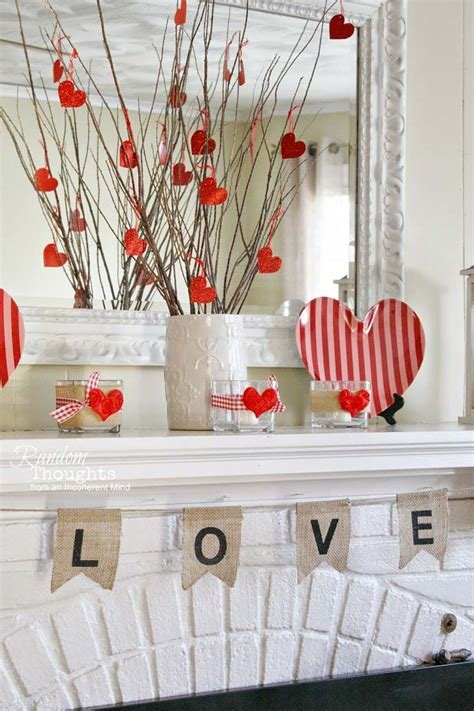How Perfume Advertising Influences Consumer Behavior
Perfume advertising is a multi-billion dollar industry that heavily relies on influencing consumer behavior. From visual storytelling to celebrity endorsements, every aspect of perfume marketing is meticulously crafted to create emotional connections and drive sales. In this blog post, we will explore the various strategies used in perfume advertising and their impact on consumer behavior. From the psychology of scent to the influence of packaging and design, we will delve into the powerful tools that perfume brands use to entice consumers. Additionally, we will examine the role of social media marketing and scarcity in creating a sense of urgency and exclusivity. Whether you’re a perfume aficionado or simply curious about the inner workings of advertising, this post will provide valuable insights into the fascinating world of perfume marketing and its impact on consumer perceptions and purchasing decisions.
Visual Storytelling in Perfume Advertising
In the world of advertising, the visual aspect plays a significant role in capturing the attention of the audience. When it comes to perfume advertising, the use of visual storytelling is crucial in creating a powerful and compelling narrative that resonates with consumers.
Visual storytelling in perfume advertising involves the use of images, videos, and other visual elements to convey the essence of the fragrance and evoke emotions in the audience. By leveraging visual storytelling, perfume brands can create a strong and memorable brand image that sets them apart from the competition.
From breathtaking landscapes to captivating narratives, visual storytelling in perfume advertising allows brands to transport consumers to a world of luxury, elegance, and sophistication. Whether it’s a romantic love story or an adventurous journey, the visual elements in perfume ads play a crucial role in capturing the imagination of consumers and leaving a lasting impression.
By tapping into the power of visual storytelling, perfume brands can communicate the personality of their fragrances, establish a deeper connection with consumers, and ultimately drive sales. Whether it’s through a print ad in a high-end fashion magazine or a captivating video campaign on social media, the visual storytelling in perfume advertising has the ability to engage, inspire, and influence consumer behavior.
Creating Emotional Connections Through Fragrance
Perfume has a unique ability to evoke deep emotions and create strong connections with memories, feelings, and experiences. The power of scent is closely linked to our emotions and has the ability to transport us to specific moments in time. Fragrances have the ability to trigger memories and emotions, making them a powerful tool for creating emotional connections with consumers.
When a consumer experiences a perfume that resonates with them on an emotional level, they are more likely to form a strong connection with the brand and the product. This emotional connection can lead to a sense of loyalty and attachment, as the consumer associates the fragrance with positive emotions and experiences.
Brands often use storytelling and emotional marketing strategies to create an emotional connection with consumers through fragrance. By crafting a narrative around the scent and its inspiration, brands can tap into the consumer’s emotions and create a deeper connection with the product. This can lead to long-lasting brand loyalty and repeat purchases.
Furthermore, the creation of emotional connections through fragrance extends beyond the initial purchase. When a consumer wears a perfume that holds a deep emotional connection, they are constantly reminded of positive feelings and experiences, further solidifying their loyalty to the brand and the fragrance.
Psychology of Scent and Consumer Behavior
The psychology of scent plays a crucial role in influencing consumer behavior when it comes to purchasing perfumes. The sense of smell is closely linked to the part of the brain that processes emotions and memories, which is why certain aromas can evoke strong feelings and associations in individuals.
Marketers and perfume brands often leverage this understanding of the psychological impact of scent to create emotional connections with their target audience. By using certain fragrances in their products and advertising, they can tap into consumers’ subconscious and influence their purchasing decisions.
Furthermore, the psychology of scent also ties into the concept of branding and consumer perception. When a perfume consistently features a specific aroma across its products and marketing materials, it can create a strong association in the minds of consumers, leading to brand loyalty and repeated purchases.
Overall, the psychology of scent and consumer behavior are deeply intertwined, and understanding the emotional and psychological impact of fragrances is essential for perfume brands looking to make a lasting impression on their target audience.
Celebrity Endorsements: Impact on Perfume Sales
In the world of perfume advertising, celebrity endorsements play a crucial role in influencing perfume sales. When a well-known celebrity, whether from the world of music, film, or fashion, lends their name and image to a fragrance, it instantly creates a buzz and draws attention to the product. This association with a beloved or admired figure can significantly impact the consumer’s perception of the fragrance, leading to increased sales and brand loyalty.
Consumers often look to celebrities as trendsetters and influencers, and when a celebrity publicly endorses a perfume, it can validate the product in the eyes of their fans. This endorsement can create a strong emotional connection between the consumer and the fragrance, as they may strive to emulate the celebrity‘s lifestyle and aura by choosing the same scent.
Moreover, celebrity endorsements can also elevate the perceived value and aspiration of a perfume. The association with a high-profile figure can position the fragrance as a symbol of luxury and glamour, appealing to consumers who seek to experience a taste of the celebrity’s lifestyle. This can lead to increased sales and demand for the fragrance.
Ultimately, celebrity endorsements have a powerful impact on perfume sales by leveraging the influence and appeal of beloved figures to create a strong emotional connection with consumers and position the fragrance as a symbol of luxury and desirability.
Perfume Ads and the Power of Branding
Perfume ads are not just about selling a fragrance; they are about creating a brand that sticks in the minds of consumers. The power of branding in perfume advertising cannot be understated. It is what sets one perfume apart from another and establishes a connection with the target audience.
Branding in perfume ads is about more than just a logo or a catchy slogan. It’s about creating a story, a lifestyle, and an identity that consumers want to be a part of. When a perfume ad is successful in its branding, it becomes more than just a product; it becomes a part of the consumer’s self-expression.
Perfume ads often rely on the power of branding to evoke emotions and create a sense of desire in consumers. By associating a fragrance with a particular lifestyle or image, perfume ads are able to tap into the consumer’s aspirations and create a strong connection between the product and their desires.
The power of branding in perfume ads also extends to the way the product is perceived by consumers. A strong brand can convey a sense of luxury, exclusivity, or sophistication, which can influence a consumer’s perception of the fragrance and their willingness to purchase it. In this way, branding plays a crucial role in shaping consumer behavior and driving perfume sales.
Influence of Packaging and Design on Consumer Perception
When it comes to perfume advertising, the packaging and design of a fragrance bottle play a crucial role in shaping consumer perception. The visual elements of a perfume bottle, such as its shape, color, and overall design, can evoke specific emotions and associations in the minds of consumers. Whether it’s a sleek, minimalist bottle or one adorned with intricate details and embellishments, packaging and design can significantly influence how a perfume is perceived by potential buyers.
Furthermore, the branding of a perfume is often closely tied to its packaging and design. A well-designed bottle can serve as a powerful branding tool, instantly recognizable and associated with the values and image of the perfume brand. This in turn can impact consumer perception, as the packaging becomes an extension of the brand’s identity, influencing how consumers view the product and the brand as a whole.
In addition to shaping consumer perception, packaging and design also play a role in consumer behavior. As consumers are faced with an array of perfume options, the visual appeal of a bottle can capture their attention and draw them in. Eye-catching packaging can influence purchasing decisions, prompting consumers to choose a particular fragrance based on its aesthetic appeal and perceived value.
Overall, it’s clear that the influence of packaging and design on consumer perception cannot be understated. From creating emotional connections to impacting purchasing decisions, the visual storytelling and branding power of perfume packaging and design are key elements in the world of fragrance advertising.
Social Media Marketing for Perfume Brands
Social media has become an essential part of marketing for perfume brands, allowing them to connect with their audience in a more personal and interactive way. Platforms such as Instagram, Facebook, and Twitter provide an opportunity for brands to showcase their products and engage with consumers through visually appealing content.
Perfume brands can use social media to create a lifestyle around their products, tapping into the emotional aspects of fragrance. By sharing behind-the-scenes content, product launches, and user-generated content, brands can build a strong community of loyal followers who are passionate about their products.
Using targeted advertising and influencer partnerships, perfume brands can reach a wider audience and increase brand awareness. Collaborating with popular influencers and celebrities allows brands to tap into their fan base and gain exposure to new potential customers.
Overall, social media marketing offers a unique opportunity for perfume brands to create a strong brand identity, connect with consumers on a personal level, and reach a wider audience through targeted advertising and influencer partnerships.
The Role of Scarcity in Perfume Advertising
Scarcity plays a crucial role in the world of perfume advertising. By creating a sense of limited availability, perfume brands are able to tap into the psychology of consumers and drive up demand for their products. This marketing technique relies on the human desire for what is rare and exclusive, leading customers to perceive a product as more valuable when it is not easily obtainable.
One way that perfume brands utilize scarcity in their advertising is through limited edition releases. By offering a fragrance for a limited time or in a limited quantity, they are able to generate a sense of urgency among consumers, prompting them to make a purchase before the product disappears from the market. This marketing strategy not only boosts sales in the short term, but also creates a sense of exclusivity and prestige around the brand.
In addition to limited edition releases, scarcity is also leveraged through the use of special packaging or unique design elements. Perfume brands often create luxurious and collectible packaging for their limited edition products, further enhancing the perception of scarcity and desirability. This approach appeals to consumers who are seeking a one-of-a-kind experience and are willing to pay a premium for a product that appears rare and exceptional.
Overall, scarcity plays a powerful role in perfume advertising, influencing consumer behavior and shaping their perception of fragrance brands. By leveraging the concept of limited availability, perfume companies are able to create a sense of exclusivity, drive up demand, and ultimately increase sales for their products.






